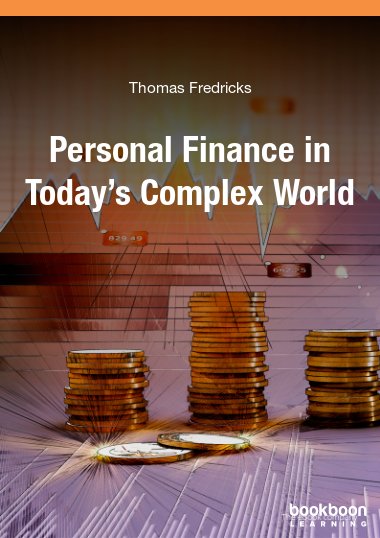But realizing that dream may require sacrificing some of today for a better tomorrow. The goals are as varied as individuals themselves and the means through which those ends can be achieved. “Tomorrow” may involve a second home, travel, or a comfortable retirement. It could mean helping children pay for higher education, their wedding, or their home. And of course it could be a hedge against the unexpected.
Individual investors have to develop the discipline of setting aside money through some kind of vehicle if they want to arrive at their goals and realize their dreams. Those means could be as simple as establishing a savings account or an interest-bearing certificate of deposit, or certain types of insurance during one’s working career. It could be as complex and volatile as the stock or bond markets, or speculating in commodity trading – especially futures – once the investor is more established.
Personal savings involves more than putting aside funds for tomorrow. It means utilizing credit and mortgages, as well as learning how to budget cash for both short and long terms. It means getting a basic understanding of the confusing, multiple parts of income, gift, and estate tax laws. It means setting up the beginnings of a retirement plan, whether that plan is provided by an employer or not, and understanding social security as part of that plan. As for investing, it is important to be able to read financial statements, ratios, and other measurements of the health of a business. Insurance also plays a role in the world of savings and investing – universal life, term, and perhaps long term care. I will cover savings, the markets and insurance in depth in Chapters 1, 2, and 9.
An individual might think that the personal strategies available to him or her are unique and different from those employed by businesses. However, they are, in reality, very nearly identical. Finance in the corporate world has more sophisticated jargon that could seem alien or confusing to the individual investor, but in essence the strategies for both are the same when you strip away that jargon. The bottom line then becomes – whether considering a multinational corporation or a family – it is necessary to take some earnings and put them in a safe place in order to justify risk and sacrifice. And both types of entities have to look at diversifying at some point. That’s where a good financial planner comes in, one whom an individual can trust to allocate his or her funds to both the secure and the risky for a best rate of return. Of course, in the corporate world, the return would be to investors.
In this book I will explore some of the best strategies I have found in my research, practice and teaching for navigating the world of personal finance.

